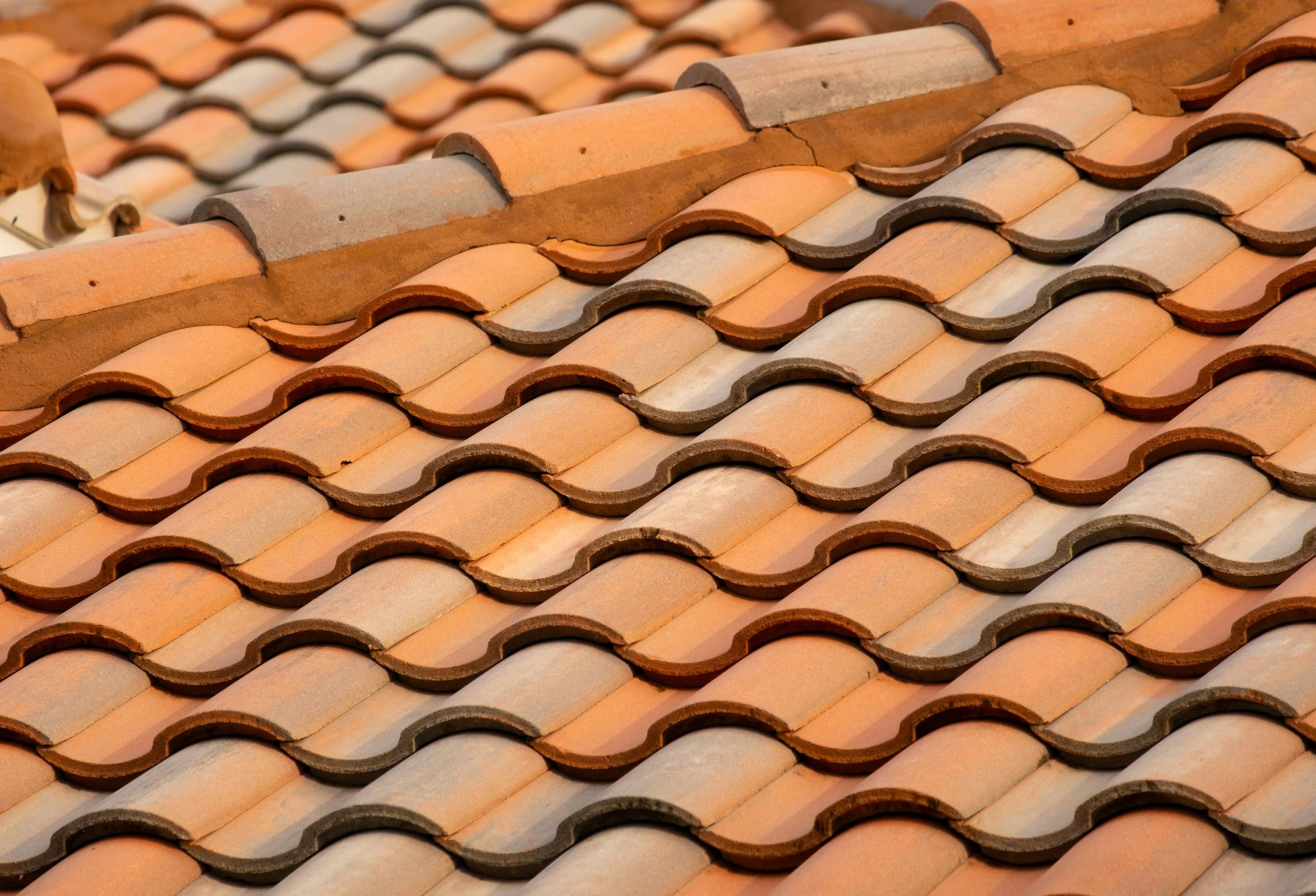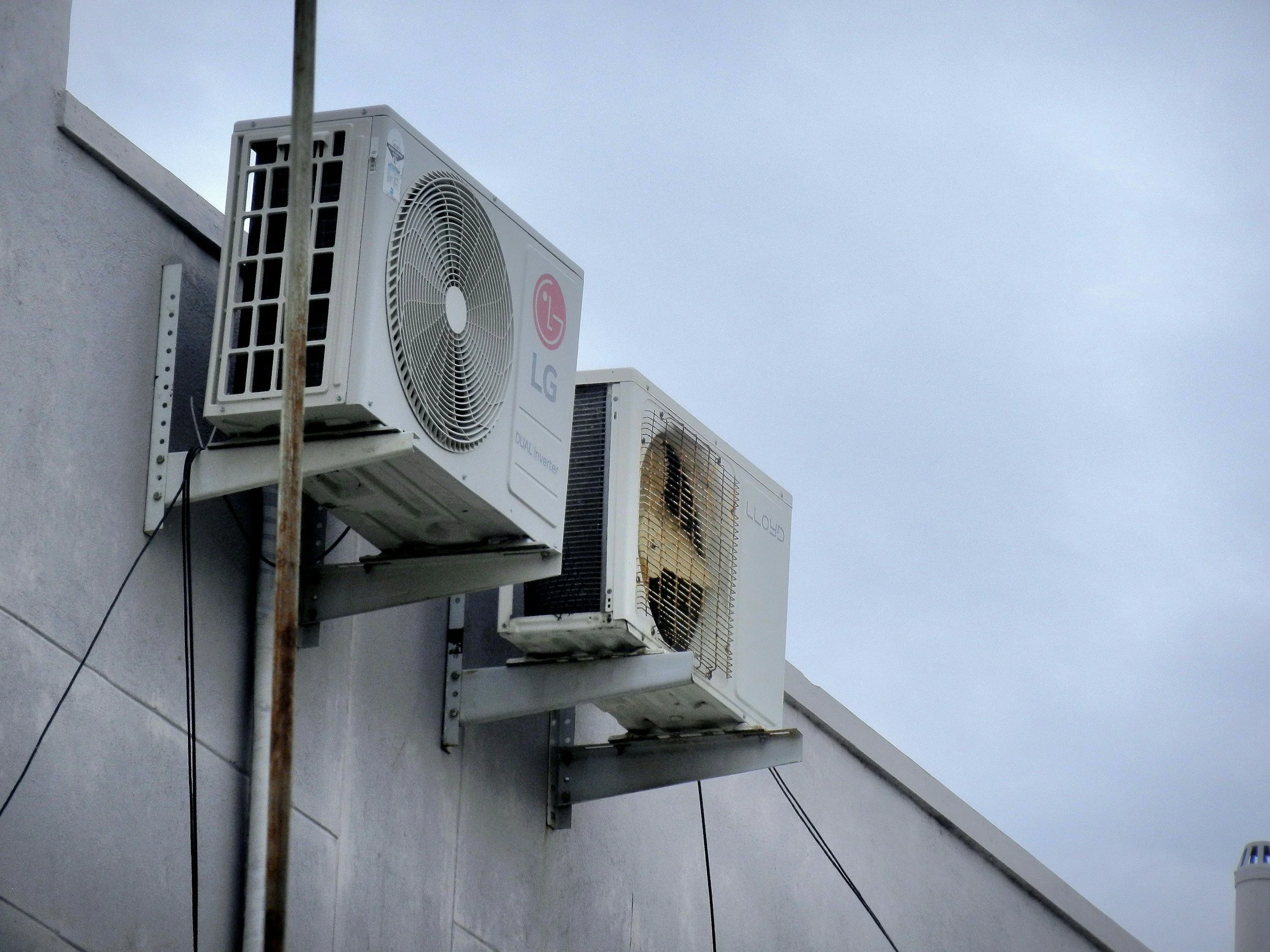Shower Door Leaking? How to Choose the Right Sealing Solution
By PAGE Editor
Shower Door Leaking? How to Choose the Right Sealing Solution
A leaking shower door can be frustrating. Water seeping onto the bathroom floor creates a mess and can lead to mold, mildew, and damage. The best way to prevent this issue is by using the right shower gasket seal. Choosing the correct seal ensures a watertight barrier that keeps your bathroom dry and safe.
This article will guide you through everything you need to know about shower gasket seals. From understanding their purpose to selecting the best type for your shower, you’ll find all the necessary information here.
What is a Shower Gasket Seal?
A shower gasket seal is a flexible strip designed to prevent water from leaking out of a shower enclosure. It is usually made of rubber, silicone, or PVC and fits between the shower door and the frame. These seals are essential for maintaining a waterproof barrier, ensuring that water stays inside the shower and does not escape onto the bathroom floor.
Shower gasket seals come in different shapes and sizes, depending on the type of shower door you have. Some seals are attached to the door’s bottom edge, while others fit between glass panels or around the door frame.
Without a proper seal, water can leak out every time you shower. This not only creates puddles but also increases the risk of slipping and falling. Over time, constant moisture exposure can lead to structural damage, requiring expensive repairs.
Common Causes of Shower Door Leaks
Before selecting a shower gasket seal, it’s important to understand why shower doors leak. Identifying the cause of the problem will help you choose the most effective sealing solution.
1. Worn-Out or Damaged Seals
Over time, shower seals degrade due to constant exposure to water, heat, and cleaning chemicals. If your shower door has been in use for several years, the seal may have cracks, become brittle, or lost its flexibility, allowing water to escape.
2. Improper Installation
Even a high-quality seal won’t work effectively if it’s not installed correctly. Gaps, misalignment, or using the wrong type of seal can lead to leaks.
3. Incorrect Seal Type
Not all shower doors require the same gasket seal. Using a seal that is too small, too large, or not designed for your shower door type may not provide a proper watertight fit.
4. Loose or Misaligned Shower Doors
If your shower door does not close properly, it can leave gaps that allow water to escape. This may be due to loose hinges, misaligned tracks, or wear and tear.
5. Cracked or Chipped Glass Panels
Even the smallest crack in a glass panel or door can create an opening for water to seep through. This issue requires immediate attention to prevent further damage.
Types of Shower Gasket Seals
There are several types of shower gasket seals, each designed for specific purposes. Choosing the right one depends on your shower door type, material, and design.
1. Bottom Door Seal
This type of seal is attached to the bottom edge of the shower door. It prevents water from dripping onto the floor when you open the door. Bottom door seals are typically made of PVC or silicone and can be easily cut to fit different door sizes.
2. Side Seals
Side seals run along the vertical edges of a shower door. They prevent water from escaping between the door and the fixed glass panel. These seals are essential for hinged and sliding shower doors.
3. Magnetic Seals
Magnetic seals are used on shower doors that require a strong closure. They contain embedded magnets that help keep the door tightly shut, preventing leaks. These are commonly used for frameless shower doors.
4. Threshold Seals
A threshold seal is a barrier placed at the bottom of the shower door. It acts as an extra layer of protection against leaks, especially for showers with open gaps.
5. Frameless Shower Door Seals
Frameless glass showers often require special seals that provide a clean, seamless look while ensuring water-tightness. These seals are typically transparent and fit discreetly between the glass panels.
How to Choose the Right Shower Gasket Seal
Selecting the right shower gasket seal involves considering a few key factors. Here’s what you need to keep in mind:
1. Measure Your Shower Door
Before purchasing a new seal, measure the thickness of your shower door and the gap size that needs to be sealed. Most seals are designed for specific glass thicknesses, so getting the right measurement ensures a proper fit.
2. Material Selection
Shower seals are typically made from PVC, rubber, or silicone. PVC seals are durable and affordable, while silicone seals offer flexibility and a better seal. Choose a material that matches your shower’s needs and durability expectations.
3. Compatibility with Your Shower Door Type
Check whether the seal is designed for sliding, hinged, or frameless doors. Using the correct type ensures a secure fit and better water resistance.
4. Ease of Installation
Some seals come with adhesive backing, while others require clipping onto the glass. Choose a seal that is easy to install and replace.
5. Aesthetic Appeal
If you have a modern frameless shower, opt for a clear or transparent seal to maintain a sleek appearance. For framed showers, white or gray seals may blend better with the existing structure.
How to Install a Shower Gasket Seal
Installing a shower gasket seal is a straightforward process that you can do yourself with minimal tools. Follow these steps:
Remove the Old Seal – Carefully pull off the worn-out seal and clean the area to remove any residue.
Measure and Cut the New Seal – Use a measuring tape and scissors to cut the new seal to the appropriate length.
Attach the Seal – If the seal is adhesive-backed, peel off the protective layer and stick it in place. For clip-on seals, simply push them onto the glass edge.
Test the Seal – Close the shower door and check for any gaps. Make adjustments if needed.
If the seal does not fit properly or leaks persist, consider replacing it with a better-fitting option.
Maintaining Your Shower Gasket Seal
To ensure your shower gasket seal lasts long and remains effective, follow these maintenance tips:
Clean Regularly – Wipe the seal with mild soap and water to remove dirt, soap scum, and mold buildup.
Avoid Harsh Chemicals – Strong cleaning agents can degrade the material and cause premature wear.
Check for Wear and Tear – Inspect the seal periodically for cracks or hardening, and replace it when necessary.
Ensure Proper Ventilation – Good airflow in your bathroom prevents moisture buildup, which can extend the lifespan of the seal.
Final Thoughts
A leaking shower door is more than just an annoyance—it can lead to serious water damage and safety hazards. The right shower gasket seal is the key to keeping your bathroom dry and secure. By understanding the different types of seals, how to choose the right one, and proper installation techniques, you can effectively prevent leaks and maintain a clean, functional shower space.
If your shower door is leaking, don’t wait for the problem to worsen. Replace or upgrade your shower gasket seal today and enjoy a leak-free, worry-free shower experience.
HOW DO YOU FEEL ABOUT FASHION?
COMMENT OR TAKE OUR PAGE READER SURVEY
Featured








Water management plays an essential role in maintaining the safety and stability of a home.